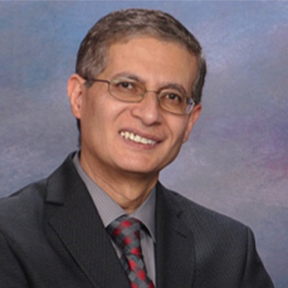Nearly two out of three children will have a headache by age 15. Headaches are one of the most common reasons for pain, missed school days and visits to the doctor. During a headache, your child may experience a dull pain around the front, top, back and sides of their head. Headaches in kids can be either “primary,” such as migraine, or “secondary” to an exhaustive list of conditions that could be as simple as “a nasal sinus infection” or as serious as “a brain tumor.” A detailed history and an examination are critical to differentiate headaches.
Migraine headaches in particular can be triggered by a variety of factors, including:
- Dehydration
- Irregular eating
- Inadequate physical activity and exercise
- Poor sleep hygiene or habits
- Emotional problems, such as a big life change like social and family problems
- School-related stress (whether academic, sports-related or personal problems)
- Weather changes
- Certain foods, drinks and odors
While it’s not possible to prevent all headaches, making sure your child avoids identified triggers, stays well hydrated, maintains a well-balanced diet and keeps a regular sleep schedule will help reduce their frequency and severity and also will optimize the response to other treatments, if needed.
If your child continues to experience recurrent and worsening headaches or pain in the head area, not responding to the usual measures directed by your primary care physician, your child may be suffering from a primary headache such as migraine, or from one of the secondary headaches mentioned earlier.
A typical migraine, for example, is usually more severe than other types of headaches. Pain can happen on one or both sides of the head and it usually feels more like a throbbing sensation. While experiencing a migraine, your child also may feel dizzy, nauseous, sleepy or sensitive to light or noise. Migraines can last from 30 minutes to a few days. There are many variations from all these typical features based on patient age and type of migraine.
If your child is experiencing frequent headaches or migraines, there are treatment options available to help minimize their pain. Pediatric neurologists complete extensive clinical evaluations to help diagnose, manage and treat various neurological conditions, including migraines.
The Pediatric Neurology Center at Miller Children’s & Women’s Hospital in Long Beach provides a multi-disciplinary approach for consultation, diagnostic testing and medical management of children with developmental conditions and neurological disorders.
The Neurology Center has an expert neurology care team that treats children of all ages, from birth through 21 years, and continues treatment and care into adulthood. Patients receive a comprehensive care plan that manages a child’s symptoms from diagnosis through treatment and follow-up care, often working closely with other board-certified pediatric sub-specialists, such as neurosurgeons and physiatrists. To learn more, call (877) 696-3622.


